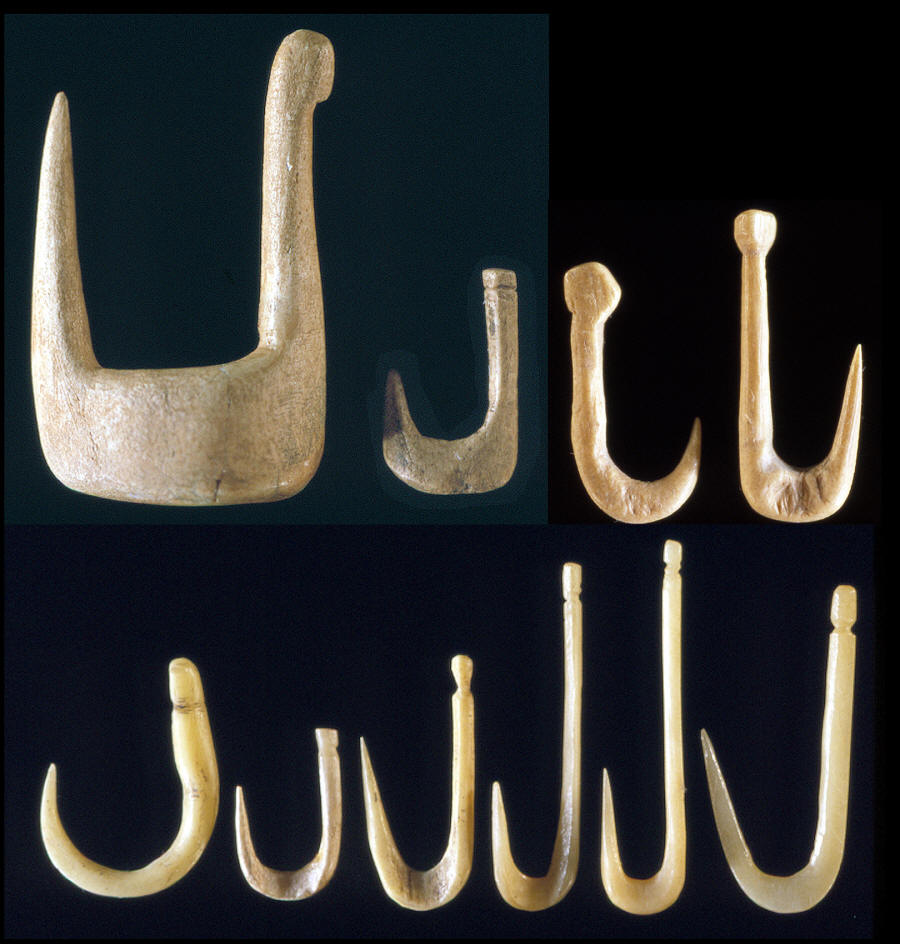


The Maori fish hooks needed to be more innovative in the ways that they dealt with these limitations.Ĭ. Early accounts of Europeans who settled and explored New Zealand claimed that Maori hooks, known as matau, were “odd”, “of doubtful efficacy”, “very clumsy affairs” or “impossible looking.” Archaeologists from more recent times have also mentioned the round hook appearing as odd, with comments such as, “shaped in a manner which makes it very difficult to imagine could ever be effective in catching a fish.” William Anderson, who was aboard the Resolution during Cook’s third voyage in 1777 as the ship’s surgeon, commented that the Maori “live chiefly by fishing, making use…of wooden fish hooks pointed with bone, but so oddly made that a stranger is at a loss to know how they can answer such a purpose.”ĭ. The Museum of New Zealand Te Papa Tongarewa did their own recent study on Maori fish hooks two hundred and thirty years later, and were able to demonstrate that the unique hook design was a matter of function. However, as a material, metal is more malleable, and can be changed into any shape, while natural materials are limited in the shapes they can take on. Other plants native to the island of New Zealand, like as flax (harakeke), cabbage tree (ti) and astelia (kiekie) gave the necessary fibrous material to make fishing lines and nets of greater or equal strength to the jute, which was being used by the Europeans at the time. Meanwhile, fish was the settlers’ main food source at the time, so fishermen made their hooks and fishing gear out of wood, bone, stone and shells. In the industry of commercial long-line fishing, there are some Maori hook designs which are making a splash.ī. When Polynesians first came New Zealand sometime within the years 1100-1300 AD, they didn’t have the technology necessary to heat and manipulate metal out of rocks. The hooks are designed to target specific species with precision. A. Maori fish hooks, made from wood, bone, stone and flax, are intended to have the best possible design and function.


 0 kommentar(er)
0 kommentar(er)
